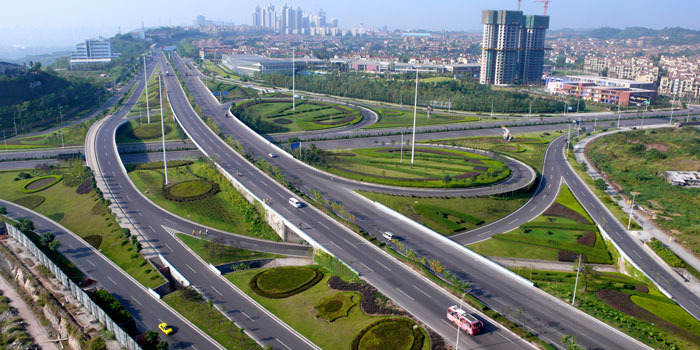I’ve noticed that the terms “climate change” and “sustainability” have consistently been mentioned within conversations surrounding the burgeoning open source design movement. This repetition of environment–related keywords invites an exploration into why proponents of open source software continuously weave the topic of sustainability into the dialogue. The design of open source is supposedly compatible with solving problems such as “climate change” and “environmental degradation,” so I’m curious to identify the specific characteristics of the climate change problem that demand the use of open source collaboration. I found myself asking: are there certain problems that can only be solved through harnessing the power of open source? On the other hand, are there specific problems that are better suited for intellectual property design?
I realized that one climate change–specific feature involves infrastructure: if a problem requires a large infrastructural transformation, such as the innovative electric vehicle, a company can increase profitability by adopting open source policies. For example, Achilleas Karamitsios highlights how “the existing electric grid infrastructure does not facilitate fast EV battery charging.” Therefore, “partnerships can be effectively used as a tool for firm learning; more particularly when radical technologies with uncertainty are taking place and when a lot of different systems and subsystems have to be aligned with each other.” Mike Masnick also notes how Musk insightfully realizes that “patents frequently hold back and limit innovation, especially around core infrastructure.” Tesla is a real-world application of open source technology, and our articles highlight the fact that the distinct nature of the carbon crisis renders it incompatible with the patent system. Although I tend to shy away from blanket statements, I think it’s fair to argue that innovations requiring vast infrastructural change –changes to the electric grid, the food production and distribution system, and the walkability/the design of our urban living spaces –inherently call for the use of OSS.
The other property of the climate change problem (that aligns with open source technology) is the ubiquitous demand for climate solutions across all cultural and geographic contexts. Obviously every infrastructural innovation cannot be applied across all sociocultural locations; thus, we desperately need the ability to customize and optimize sustainable technology so that it complements all human societies and needs. Instead of having to “start from scratch” in the design of environmentally sustainable technology, everyone who demands the technology can access its basic design recipes. And finally, solving the problem of climate change has a timeline; if we continue on the “business as usual” track, climate change will have devastating, if not life threatening, impacts on human societies. We literally do not have the time to privatize, or hide, breakthrough energy-saving technologies. Not only would the world “all benefit from a common, rapidly-evolving technology platform,” as Elon Musk explains, but the world’s survival depends on these “rapid-evolving technology platforms.”
To concretize my observations, I found an article that demonstrates how “the peculiar features of the climate change problem pose substantial obstacles to our ability to make the hard choices necessary to address it,” and thus must rely on the open source software market to create tangible change (Gardiner). For example, “climate change is not caused by a single agent, but by a vast number of individuals and institutions not unified by a comprehensive structure of agency.” Further, “given that there is not only no world government but also no less centralised system of global governance (or at least no effective one), it is very difficult to coordinate an effective response to global climate change.” Stephen Gardiner’s essay supports my hypothesis that there are particular characteristics of the climate change problem that would be best solved through open source design, because open source software would directly combat the issue of “fragmentation.” Although our world is disadvantaged in its political and spatial disconnectedness, open source serves to counteract that disconnection and to unify information across all borders and contexts. Gardiner then articulates the infrastructural component of climate change that I’ve mentioned above. I’m including this passage below, along with images the illustrate Gardiner’s main points:
“But a second characteristic of the climate change problem exacerbates matters in this setting. The source of climate change is located deep in the infrastructure of current human civilisations; hence, attempts to combat it may have substantial ramifications for human social life. Climate change is caused by human emissions of greenhouse gases, primarily carbon dioxide. Such emissions are brought about by the burning of fossil fuels for energy. But it is this energy that supports existing economies. Hence, given that halting climate change will require deep cuts in projected global emissions over time, we can expect that such action will have profound effects on the basic economic organization of the developed countries and on the aspirations of the developing countries.
This has several salient implications… it suggests that those with vested interests in the continuation of the current system – e.g., many of those with substantial political and economic power – will resist such action. Second, unless…”



Gardiner, Stephen M. “A Perfect Moral Storm.” Hardcover – Stephen M. Gardiner – Oxford University Press, 3 Feb. 2018, global.oup.com/academic/product/a-perfect-moral-storm-9780195379440.
http://blog.codeguard.com/bulletproof-backup/
https://www.tylin.com/en/projects/infrastructure_of_northern_new_development_zone
